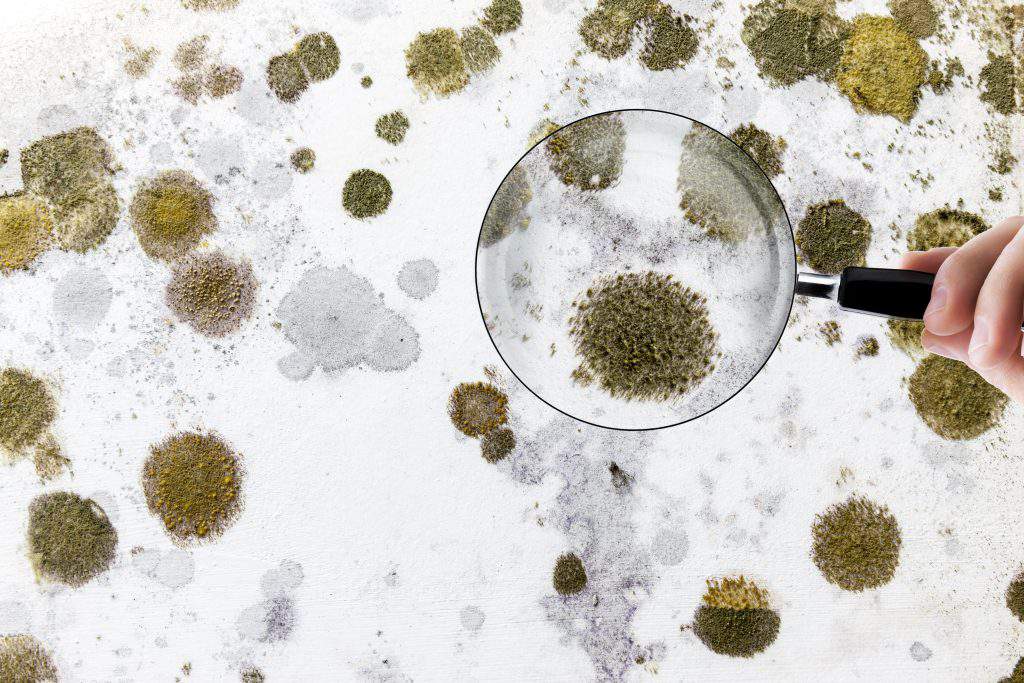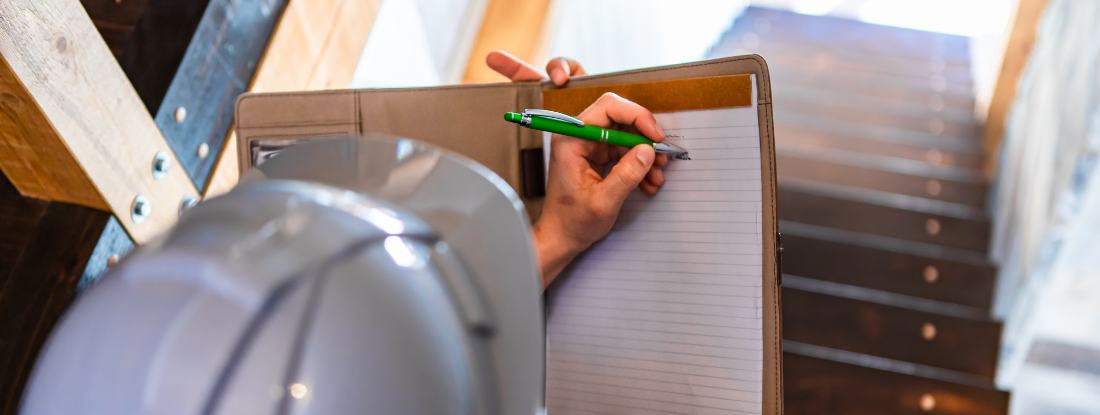Your Ultimate Overview to Article Mold Removal Strategies
In the after-effects of mold invasion, knowing exactly how to successfully remove the mold and avoid its reoccurrence is vital for preserving a healthy interior atmosphere. From choosing the ideal cleansing and sanitizing techniques to executing approaches for long-term mold prevention, each action in the remediation trip plays an essential duty in guaranteeing an effective outcome.
Comprehending Post-Mold Removal Process
After completing the mold removal process, it is essential to understand the post-mold removal techniques that are essential to ensure a comprehensive and efficient clean-up. When the mold has been removed, the next step entails cleaning and sanitizing the influenced areas to avoid any regrowth of mold and mildew. This includes using specialized cleaning up representatives to clean down surface areas and kill any type of staying mold and mildew spores. It is necessary to dry the area completely to dissuade the growth of mold in the future (Post Remediation Inspection near me). Proper ventilation and dehumidification can help in this procedure.
In addition, performing a last assessment post-remediation is vital to ensure that all mold and mildew has been efficiently eliminated. This examination ought to involve a comprehensive visual check in addition to potentially air sampling to confirm the absence of mold and mildew spores airborne. If the inspection reveals any type of sticking around mold, added remediation may be required. Enlightening passengers on precautionary steps such as managing dampness degrees and quickly dealing with any type of water leaks can aid preserve a mold-free atmosphere.
Efficient Cleaning Up and Sanitizing Methods

Avoiding Future Mold Growth

Relevance of Appropriate Ventilation
Correct ventilation plays a crucial duty in stopping moisture accumulation, a key variable in mold development within indoor settings. Effective air flow systems help get rid of excess humidity from the air, reducing the possibilities of mold spores locating the dampness they require to spread out and germinate. Without sufficient ventilation, interior areas can become a reproduction ground for mold, resulting in prospective wellness threats and architectural damage.
By ensuring correct air circulation, air flow systems can additionally assist in drying damp areas quicker after water damage or flooding cases, even more hindering mold growth. testing air quality after mold remediation. Precede like washrooms, attic rooms, basements, and kitchens where wetness levels have a tendency to be greater, setting up and maintaining effective ventilation systems is essential in avoiding mold problems

Surveillance and Upkeep Tips
Given the important duty that correct air flow plays in protecting against mold and mildew growth, it is critical to develop efficient tracking and maintenance pointers to make sure the ongoing performance of ventilation systems. Routine assessments of ventilation systems ought to be conducted to check for any type of indications of obstructions, leaks, or malfunctions that could hinder appropriate air flow. Surveillance humidity levels within the home is likewise important, as high humidity can add to mold growth. Setting up a hygrometer can assist track moisture levels and sharp home owners to any kind of spikes that might need interest. Additionally, making certain that air filters are consistently cleaned or changed is important for preserving the effectiveness of the air flow system. Implementing a routine for regular maintenance jobs, such as duct cleansing and heating and cooling system inspections, can assist avoid issues before they escalate. By remaining positive and alert to the problem of air flow systems, homeowner can efficiently alleviate the threat of mold and mildew regrowth and preserve a healthy and balanced indoor setting.
Final Thought
In verdict, post-mold remediation Website techniques are necessary for guaranteeing a risk-free and tidy environment. Recognizing the procedure, carrying out effective cleaning and disinfecting techniques, preventing future mold development, preserving proper ventilation, and routine surveillance are all important action in the remediation process. By following these standards, you can effectively remove mold and mildew and stop its return, working or promoting a healthy and balanced living area for all residents.
In the aftermath of mold and mildew problem, recognizing how to efficiently get rid of the mold and avoid its reoccurrence is extremely important for maintaining a healthy and balanced indoor setting. When the mold has been gotten rid of, the following step involves cleaning and decontaminating the impacted areas to stop any regrowth of mold and mildew - Post Mold Remediation. After eliminating noticeable mold growth, it is important to clean up all surface areas in the damaged location to remove any continuing to be mold spores. To further boost mold avoidance measures, it is essential to resolve underlying problems that at first led to mold and mildew growth.Offered the crucial duty that appropriate air flow plays in preventing mold growth, it is imperative to establish remove mold vhs tape effective tracking and upkeep suggestions to make sure the continued capability of ventilation systems